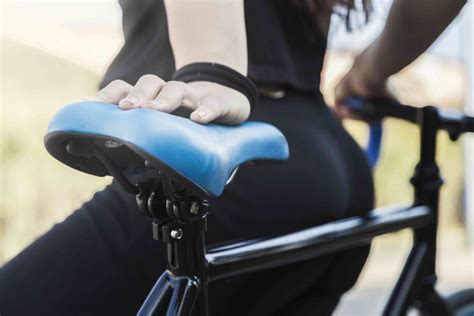Cycling, as a form of exercise, offers numerous benefits, from cardiovascular improvements to stress relief. Nevertheless, it can also introduce a host of discomforts, particularly in women who face labial swelling and pain due to prolonged periods in the saddle. While male cyclists have long dealt with issues such as erectile dysfunction, the silent epidemic of labial discomfort in female cyclists deserves equal attention. The issue remains under-discussed despite its prevalence, highlighting a gap in both awareness and solutions in the cycling community.
To get to the core of the issue, it’s essential to understand the anatomy and what happens during cycling. Prolonged pressure on the labia from a traditional bike saddle can result in swelling, discomfort, and even pain strong enough to deter women from enjoying the sport. What’s causing this largely stems from inadequately designed saddles that don’t consider the anatomical differences between men and women. The typical saddles with a convex surface, while intended to distribute weight evenly, may still create harmful pressure points, especially in areas sensitive for women.
Historically, men’s health concerns, such as erectile dysfunction, received a lot of attention and led to significant innovation in saddle design, like the Specialized Body Geometry saddle. This saddle featured a center cutout to relieve pressure on arterial flow, enhancing comfort and safety for male cyclists. This attention to men’s comfort shines a light on the relatively delayed entrance of similar innovations for women. The irritation and pain experienced by female cyclists deserve the same rigorous attention to develop and improve on the existing designs.
In the comments from our readers, suggestions for various saddle types repeatedly emerged. Brooks saddles, for instance, have a reputation for comfort once broken in, and they are praised for their durability and custom fit. This traditional leather saddle molds to the rider’s unique shape over time, reducing discomfort for both men and women. Another recommendation is the Cloud 9 seat, a more contemporary option known for its comfort on shorter rides. Furthermore, some cyclists have ventured into alternative designs like the Manta saddle, which shifts away from conventional saddle structure but receives mixed reviews regarding its practical application during intense or long rides.
One especially promising development in recent years is the Specialized Mimic and Mirror saddles, which have risen above the antiquated gender-specific marketing strategy. These saddles utilize advanced 3D-printed polyurethane materials to offer varied densities in different regions of the saddle, significantly reducing pressure on the sit bones and labia. While these innovations show promise for both sexes, the consensus remains that finding the perfect saddle is a highly individual process due to the unique anatomy and riding style of each cyclist.
For those navigating through this myriad of choices, programs like ‘saddle libraries’ or ‘saddle trials’ present an excellent opportunity to try various designs before committing to a purchase. Shops offering these programs allow cyclists to test ride different models, ensuring they find a saddle that harmonizes with their body and riding posture. Seeking professional bike fitting services can also contribute to finding a comfortable and biomechanically efficient saddle position. Ultimately, the objective is to encourage and enable more women to pursue and enjoy cycling without the looming fear of discomfort or injury.
In conclusion, while the problem of labial swelling and pain is real and prevalent among women cyclists, awareness and innovation are gradually paving the way toward effective solutions. By acknowledging and addressing these issues with the same fervor as male health concerns in cycling, the industry can evolve to accommodate all riders more inclusively. Through community efforts, shared experiences, and continued innovation, cycling can become a more welcoming and comfortable activity for everyone who wishes to partake.


Leave a Reply